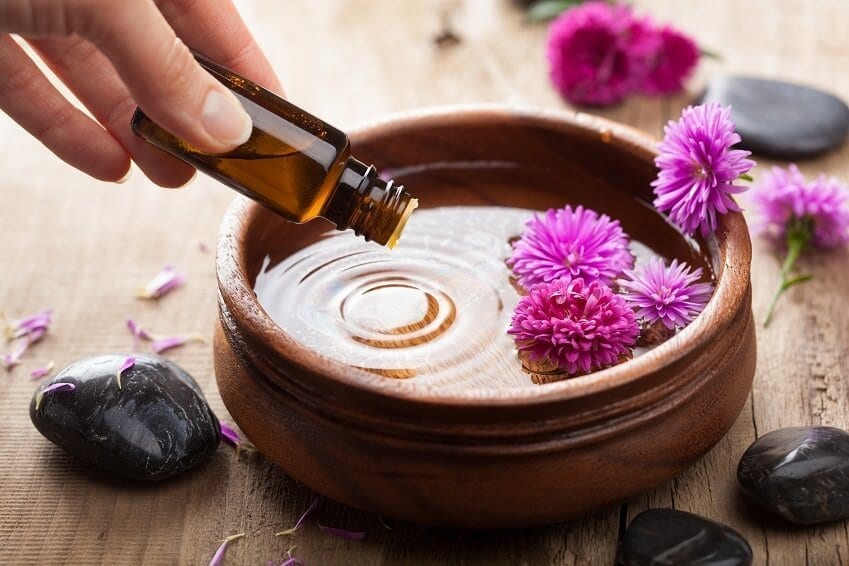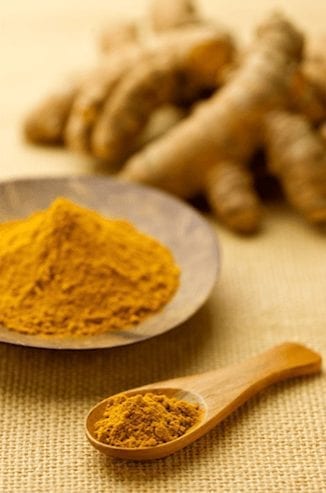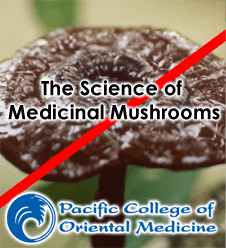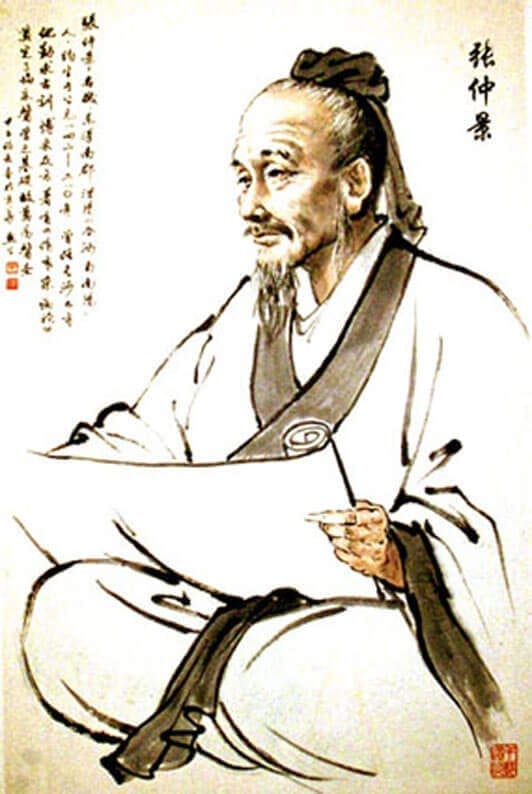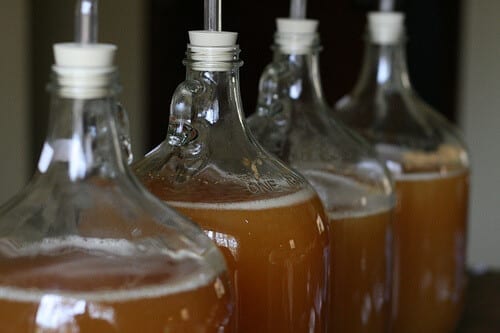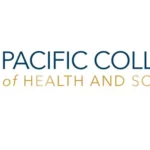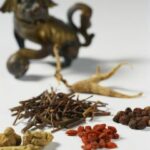The Effects of Traditional Chinese Medicine on Eczema
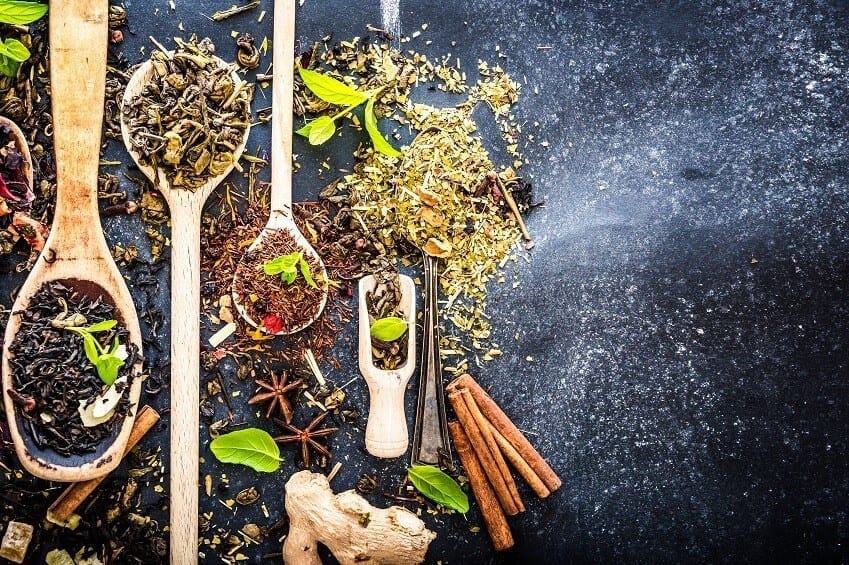
Typically marked by blotchy, itchy, or otherwise irritated skin, eczema refers to a group of skin conditions that cause sufferers both physical and mental anguish. The annoying symptoms associated with eczema are typically eased via steroids and topical medications, but these often lead to unwanted side effects. Increasingly, patients are turning to traditional Chinese medicine …
Continue reading “The Effects of Traditional Chinese Medicine on Eczema”
